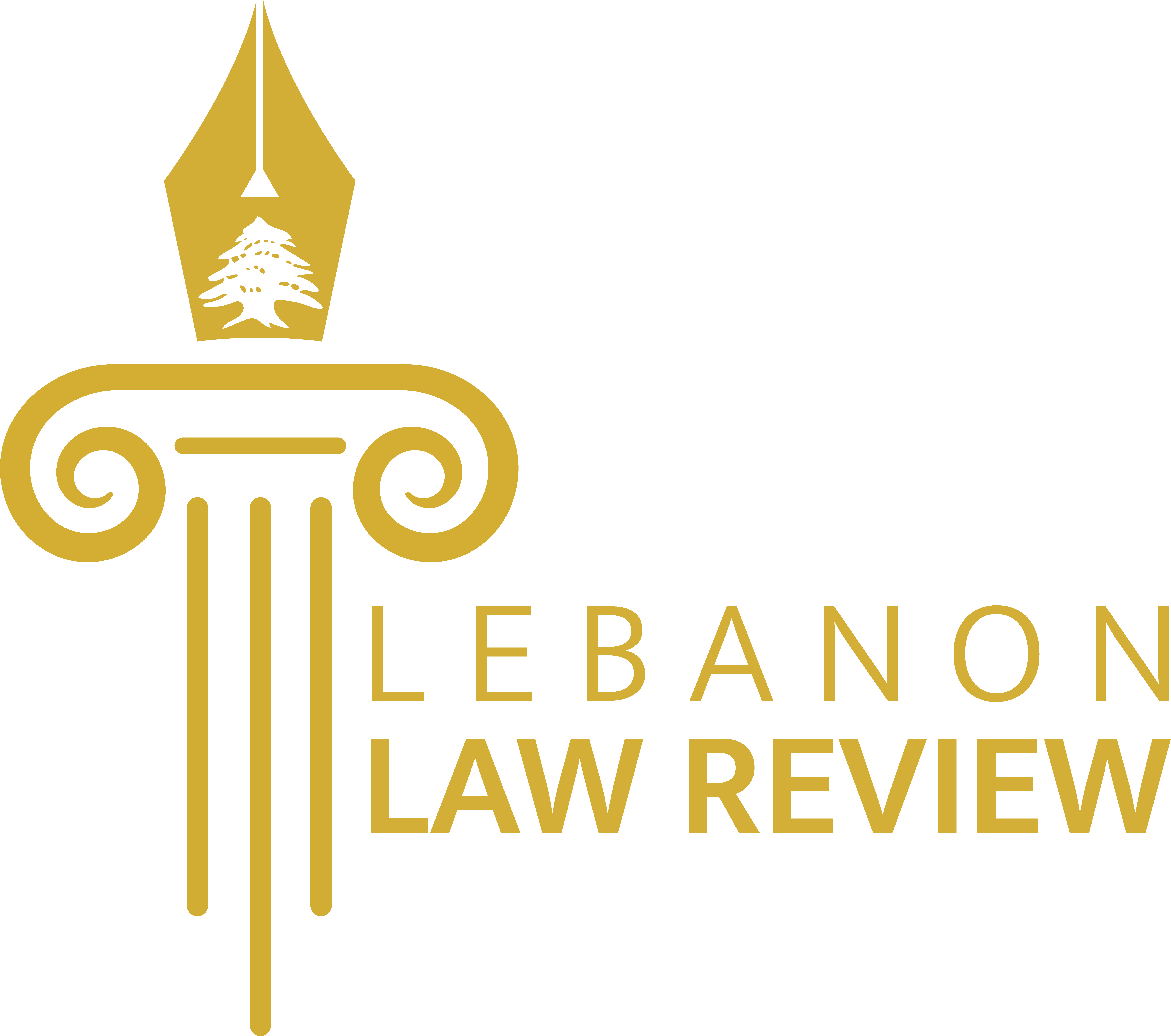Berytus Legal Referencing Style
Official Lebanon Law Review Referencing Guide
By Jurists for Jurists.
Why Berytus?
Berytus is a versatile academic legal referencing style developed by the Lebanon Law Review for the modern multilingual jurist.
Berytus is the Latin name for Beirut, Lebanon’s capital. Berytus was home to the world’s first ever Law School, from which most of Roman law was derived. This includes the Corpus Juris Civilis, from which all modern civil law is derived through its influence on both canon law and the French Code Civil, also known as the Napoleonic Code of 1804. For this reason, Beirut’s official motto (as well as that of its bar association) is Berytus Nutrix Legum – Beirut Mother of Laws.
In light of the immense influence Beirut has had on the world’s legal systems, the Lebanon Law Review has issued this referencing style and named it Berytus. However, the creation of the Berytus referencing style was not born out of nostalgia, but of a real academic need. There does not exist an up-to-date comprehensive referencing system tailored to Lebanese Law that furthermore functions properly in both Latin and Arabic script. This is important since Lebanon’s legal system is a derivative of the French Code Civil. The study of foreign sources in Latin script remains crucial to any legal academic venture, and Berytus reflects that.
Berytus is a referencing style tailored to the modern Lebanese jurist that is flexible enough to accommodate any foreign source, thereby increasing academic quality and aiding in research.
How to Use Berytus | Bibliography Section
The bibliography is split into different subsections based on the hierarchy of legal sources. The Legislative Sources come first, followed by jurisprudence and court decisions on all levels, and finally by secondary sources such as legal doctrines, books, and journal articles, etc. Always include the bibliography on a separate page at the end, after appendices.
Legislative Sources
These are ordered in accordance to the hierarchy of laws – constitutional, then international laws and treaties, parliamentarian legislation, going on to legislative decrees etc.
When referencing two different laws within the same sub-class (for example, two legislative decrees), the most recent law is referenced first.
The proper method for referencing a law is as follows:
[Year/Number] Name of the Law. Amendment. Official Publication issue number and date (page number).
As for referencing an international treaty, convention, law, or otherwise:
[Year] Name. Issuing Body.
For Example:
[2019/126] Commercial Law. Amendment. Official Gazette 2019 issue 18 (pp. 1282)
[1948] Universal Declaration of Human Rights. United Nations.
[2006] UN S/RES/1701. United Nations.
[2021] EU C 418. European Union.
Court Decisions and Jurisprudence
These are ordered in accordance with the hierarchy of courts. Separate courts are grouped separately; e.g. decisions from the military tribunal are referenced separately from the administrative court. The court systems are classified and listed alphabetically.
[Year/Number] Court Name, Jurisdiction; Chamber. Names of Judge(s) constituting the court committee. Plaintiff v. Defendant.
For Example:
[2020/315] Court of cassation, Chamber (x). President …. plaintiff v. Defendant
Secondary Sources
The referencing of secondary sources is stratified according to their academic credibility; books, then journal articles, then websites et alia. Sources are sorted according to class (book, journal, etc.) and alphabetically within class. Authors’ full names are written, starting with the family name. When a work has multiple authors, they are separated by an ampersand. For reports and other types of work where the author is an entity (such as the publisher), substitute the “Author(s)” with the name of the entity.
The referencing method is the same for all types of sources, but there is slight variation as to each medium.
Books
Author (s) [Year]. Title. Publisher; Edition, Chapter range. Editor (s). ISBN.
Huntington, Samuel P. [1996]. The Clash of Civilizations and the Remaking of World Order. Simon & Schuster. ISBN 978-0-684-84441-1.
Journal Articles
Author (s) [Year]. Title. Journal Title, Volume (Issue), page range. DOI.
Koh, Harold Hongju [2004]. International Law as part of our law. American Journal of International Law, 98(1), 43-57. DOI:10.2307/3139255
Websites
Author (s) [Year]. Title. Website Name. [PDF]. URL. (Last Accessed: Date)
Kanaan, Antoine R. [2021]. Defense Strategy: Elusive National Objective. The Lebanon Law Review. [PDF]. https://secureservercdn.net/198.71.233.153/7xk.970.myftpupload.com/wp-content/uploads/2021/09/Defense_Strategy_LLR.pdf
How to Use Berytus | In Text Citations
All in text citations are to be carried out via footnotes. Footnotes come after the punctuation. Citation methodology differs depending on the type of source being cited; shortform is to be utilized at all times. When citing multiple sources at the same time, separate sources with a semicolon. This technique is valid for all types of sources, even laws and court decisions.
For example:
Legislative Sources
Art. #; [Year/Number] Name of the Law.
Art. 547; [1943] Penal Code.
Or
Art. # Name of the Law
Art. 547 Penal Code
Court Decision
[Year/Number] Court Name, Jurisdiction.
[1999/1163] Cassation.
Secondary Sources
For One Author
(Last Name, Title, Year, pp.)
(Kanaan, Title, 2021, pp. 45).
For Two Authors
(Last Name & Last Name, Title, Year, pp.)
(Kanaan & Amro, Title, 2021, pp. 45-48)
For Three or more Authors
(Last Name et al., Title, Year, pp.)
(Kanaan et al., Title, 2021, pp. 27).
For websites
Author, (year), <web address>, date accessed
Gallarza & López-Jorrín, (2020), <web address>, August 5, 2022
Multiple Sources
(Source 1; Source 2; Source 3;…)
(Kanaan, 2021; Amro, 2021).
